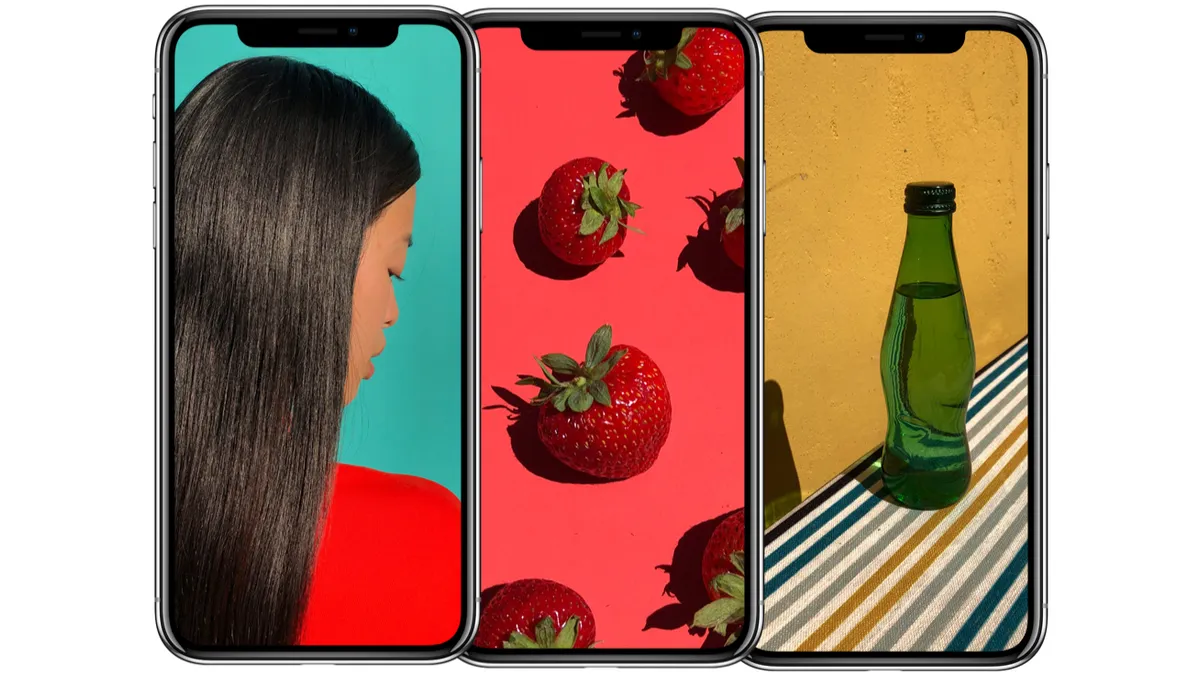Brief:
-
The next generation of mobile devices will be packed with more visual sensors and artificial intelligence (AI) that will transform their interactions with people and their surroundings over the next five years, per a study by ABI Research. The firm estimates that 650 million mobile devices will have advanced visual technology by 2022, enabling them to respond to visual stimulus instead of just user touch.
-
That means phones will be more responsive to people’s emotions, using facial recognition to see when a smartphone user is upset and play soothing music to help calm nerves, ABI said. The trend also means that smartphones will be less reliant on cloud computing for processing power, and will incorporate faster chips for processing visual data.
-
The trend is starting with smartphone launches from Apple (iPhone X), Huawei (Mate 10), and Google (Pixel 2 and Google Clips) that are adding more visual capability. Features such as security (Apple Face ID to unlock a phone), social networking (Apple animojis) and content (Google Clips) show the early stages of computer vision, AI and machine learning, ABI Research said.
Insight:
The growing availability of advanced visual technology is likely to open up some unique new marketing opportunities for brands that should be preparing for now, as this report suggests the space is evolving quickly.
Apple’s iPhone X may be a watershed event in the development of smartphones that have more sensors to monitor their surroundings and process visual data. Its FaceID technology, which uses an infrared scanner to detect the contours of a user’s face and unlock the phone automatically, is only one way that phones will be more responsive to visual data, showcasing how the technology can be used for interactive, value-add experiences.
Augmented reality (AR) and virtual reality (VR) also depend on visual data to detect a mobile device’s movements and surroundings to and create digital imagery that is projected onto real backgrounds or replaces it entirely. The development of visual technology may mean that smartphone cameras need to be redesigned with a wider field of view than the 100-degree vision in most devices today. The front-facing camera on phones will be more useful if they can see 180 degrees, ABI said.
“We will move from one-to-one connections between devices and the Web and remote services to an increasingly connected ecosystem of components that work together," Michael Inouye, principal analyst at ABI Research, said in a statement. Mobile devices will remain the largest market opportunity by volume of devices for computer vision technology, the researcher predicted.













